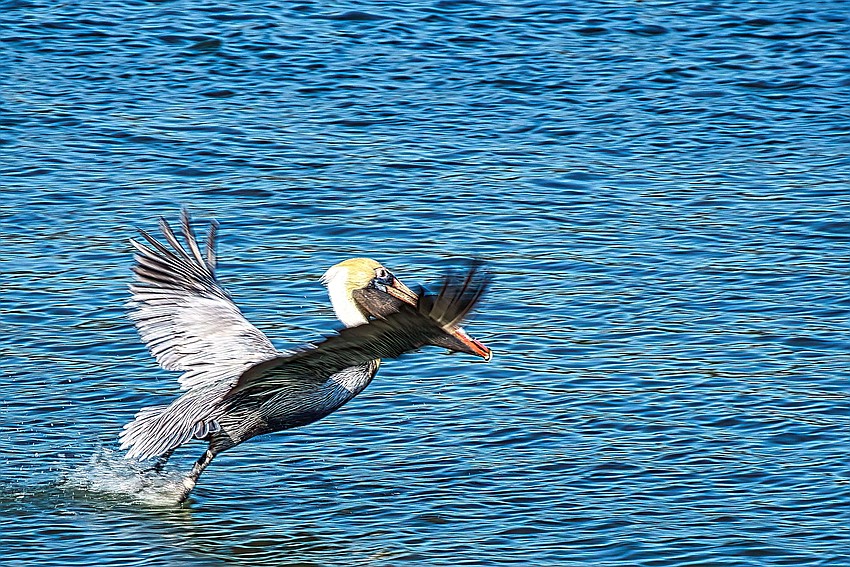- December 24, 2024
-
-
Loading

Loading
Julia and Maria Fenrick make pawprint crafts. Photo by Alexis Miller
David Hartgrove and Holly Zwart-Duryea, with Halifax River Audubon. Photo by Alexis Miller
There was a hummingbird experience game for children to try, with the aim to get the nectar out of the flowers. Photo by Alexis Miller
Mary and Steve Blackledge help with some of the bird watching stations. Photo by Alexis Miller
Joan Tague led this year's walks. Photo by Alexis Miller
The Halifax River Audubon hosted a booth where kids could learn how to identify birds. Photo by Alexis Miller
Children and adults participate in a migration challenge. Photo by Alexis Miller
Elsie and Kai Ayres make bird feeders using Cheerios. Photo by Alexis Miller
The Great Backyard Bird County featured several bird watching stations. Photo by Alexis Miller
The Environmental Discovery Center has a live bee display inside. Photo by Alexis Miller
An "eagle cam" display gives visitors to the EDC a glimpse into something they may not sea every day — an eagle's nest. Photo by Alexis Miller
Sam Whittier and Makayla Sanford build an eagle nest. Photo by Alexis Miller
Birders of all ages and experience levels gathered at the Environmental Discovery Center for the fifth annual Great Backyard Bird Count on Feb. 19, counting 50 species and 275 birds.
The event is held in partnership with Halifax River Audubon and helps people get into birding, said Joan Tague, Halifax River Audubon vice president and one of the leaders for the bird walks this year.
“Everybody always talks about a ‘spark bird’: The bird that just surprised them and made them want to find out more,” Tague said. “So we want to get people to find that spark bird … and a lot of people start out that way.”
The event draws around 150 to 200 people each year. For many participants, Tague said, the bird count is their first opportunity to talk with people who really enjoy and understand birding.
“We had folks there pointing out birds that maybe these people had only seen for the first time,” she said.
Counts were up this year — in 2022, bird watchers had counted 37 species and 175 birds — but a decrease from the year before.
“There’s a lot of factors,” Tague said, asked about fluctuation in the numbers. “A lot of it has to do with weather, how many observers we have out there, the quality of the observers. This year, we had a lot of people out there.”
There were a lot of particularly knowledgeable young birders this year, she said.
“We were very surprised. We thought, ‘We’ll teach these kids something,’ and often there was a young child who would come up and be teaching us something,” Tague said. “And it was thrilling when that would happen.”
One of the most frequently spotted birds on the walks was the yellow-rumped warbler. These birds migrate south in the winter, so they’re in Florida this time of year. They are small, white, black, brown and yellow birds that can be spotted in your backyard. Cedar waxwings and turkey vultures were also common sights.
And the bird count offered more than just bird walks: There were booths from organizations, games, scavenger hunts, raffles, bird watching stations with telescopes, and activities like learning to build an eagle’s nest.
Employees do a good part of the work, but volunteers run most of the event, Tague said.
“There are active volunteers here in groups, and individually at all levels,” Tague said.
Want to start bird watching? Tague suggests you download the Cornell Lab’s eBird app to help you recognize birds. You should also listen for them, she said, and invest in a good pair of binoculars.
— Managing Editor Jonathan Simmons contributed to this story.
